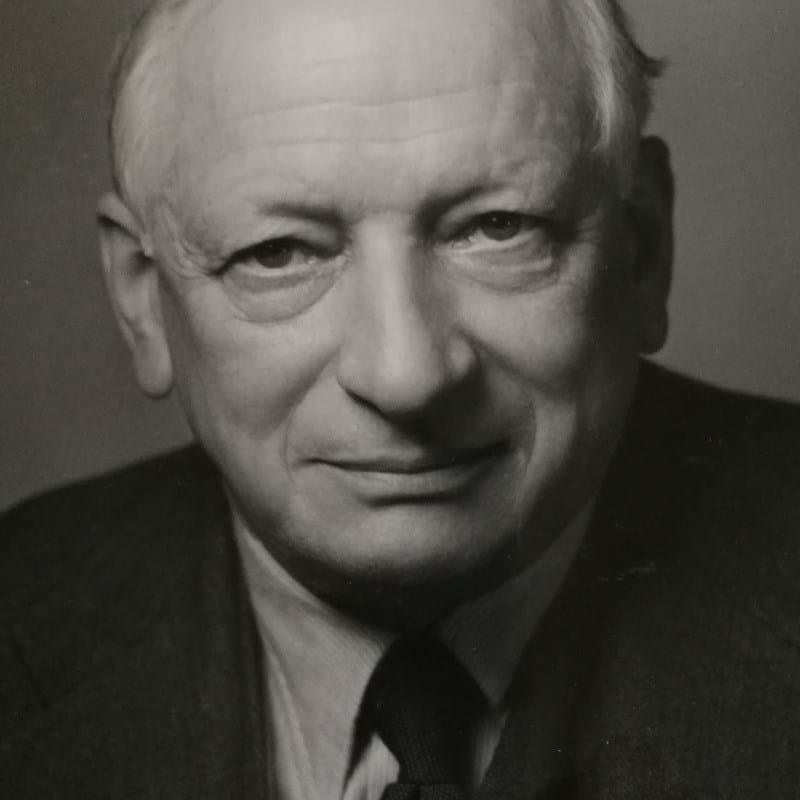
Sir Hugh Beaver KBE: 1957–1959
Hugh Beaver was educated at Wellington College on a Mathematical Scholarship and it was there that he developed an interest in the classics. On leaving school he joined the Indian Police but while in England on long leave in 1922, with the intention of reading for the Bar, he met Sir Alexander Gibb (who went on to become the Institution's third President) who was then forming his firm of Sir Alexander Gibb & Partners, and he joined the company as Sir Alexander's personal assistant.
In 1931 the Canadian Prime Minister, R B Bennett, asked Sir Alexander to prepare a national harbour plan for Canada and as a result Hugh Beaver led a mission to Canada. The report of this mission shaped the whole development of Canadian ports and he directed the re-building of the Harbour of St John, New Brunswick after its destruction by fire in 1931.
He then became a partner of Sir Alexander Gibb & Partners and his particular interest before the war was in developing the industrial engineering side of the firm - factory building and planning etc. He was closely concerned in the measures for re-industrialisation of the depressed areas of South Wales, Tyneside & Durham, and West Cumberland, acting as a consultant to the Commissioner for Special Areas in planning the start of the trading estates.
His first association with the Institution was in 1934 when he joined as a member and subsequently served on its Council from 1936-1938.
During the war he was Director-General in the newly formed Ministry of Works and was responsible for the planning and control of the building and construction industry and the whole wartime programme of works. Not long before the war he led a team working on the design of the new Guinness building at Park Royal and on 1 December 1945 he joined Arthur Guinness Son & Co Ltd as the first Assistant Managing Director. He became Managing Director on 8 November 1946 and under his direction the plant was largely modernised, research was expanded and the company's interests widened.
After the war he was a member of the New Towns Committee which laid down the pattern and principles on which New Towns were built; he was also a member of the Working Party on the Building Industry.
In 1952 he became a member of the Advisory Council of the Department of Scientific and Industrial Research and was Chairman of that organisation from 1954-1956. Other positions he held included Chairman of the Committee on Power Station Construction (1952-1953), Chairman (1951-1954) and later Vice President of the British Institute of Management, Chairman of the Committee on Air Pollution (1953-1954), and member of the Clean Air Council. He was also Director of the Colonial Development Corporation; a member of the Board of Richard Thomas & Baldwins Ltd; Chairman of the Industrial Fund for the Advancement of Scientific Education in Schools and was elected President of the Federation of British Industries in April 1957.
He was knighted in 1943 for War work and made a Knight Commander of the Order of the British Empire in 1956 for public services and services to industry.
Return to list